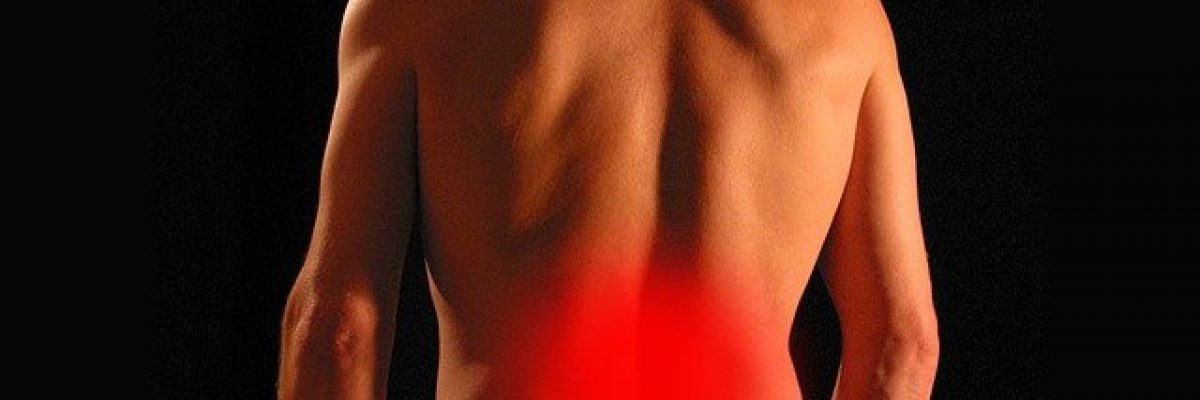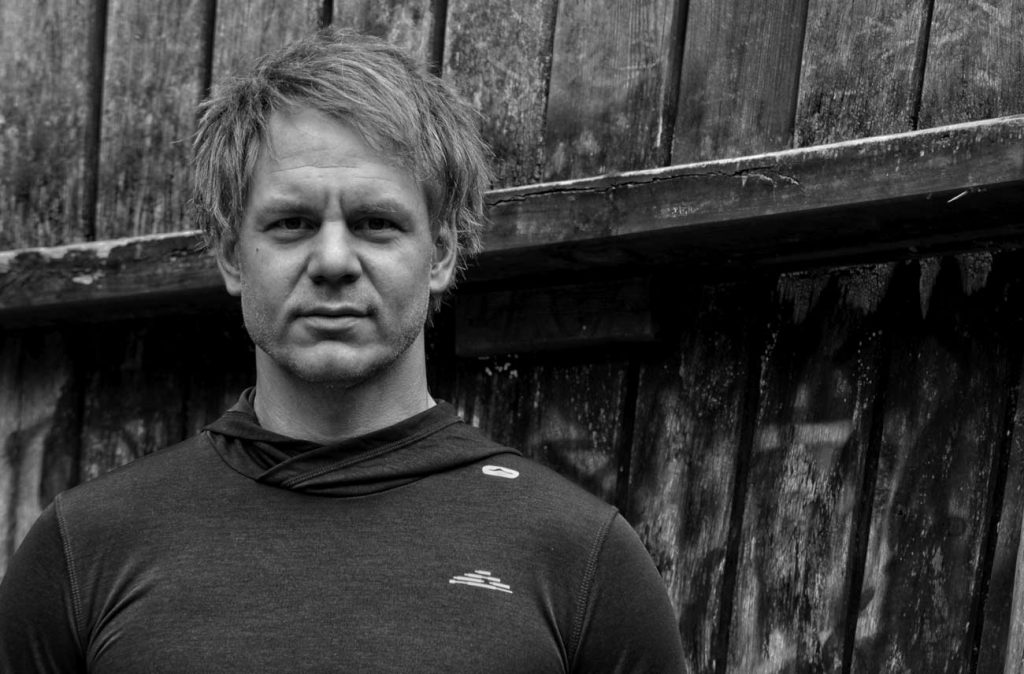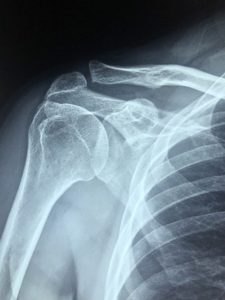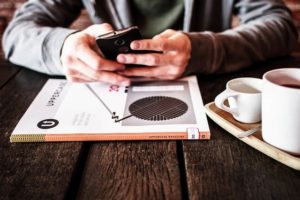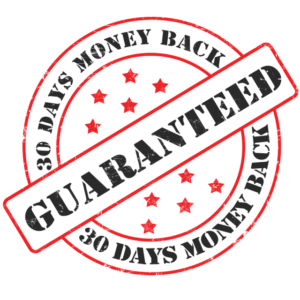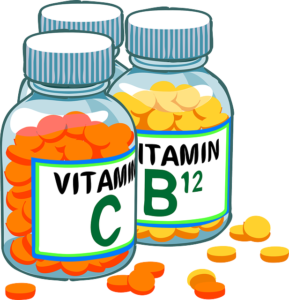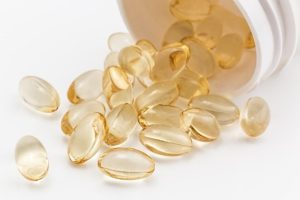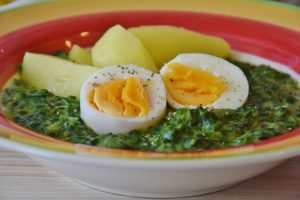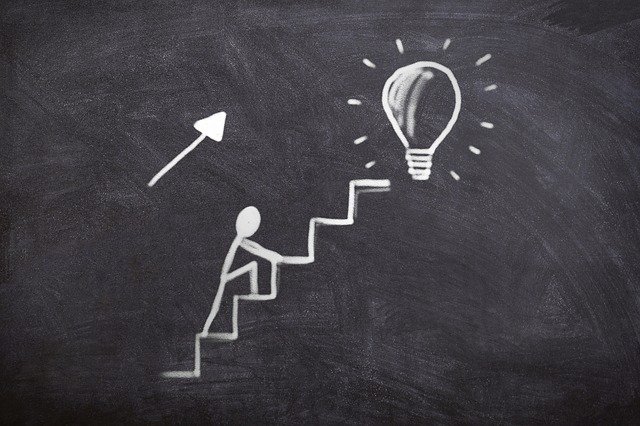The pain relieving expert explains: Back pain, other backgrounds & why conventional therapies usually do not work. For longer time.
Every muscle and every muscle fibre is covered by a layer of fascia. This means that the body is criss-crossed by countless fascia threads. The result is a net that is very flexible and flexible enough to follow all the movements of daily life. The fascial net gives the body stability. The intercellular space – This space is filled with interstitial fluid that circulates constantly. In this way, waste products, such as cell waste, are removed and important nutrients are replenished.
Lack of exercise ensures that less nutrient transport can take place in the intercellular space andthe system, which is able to “build” new fasciae is severely restricted. This means: If we sit a lot in everyday life – whether in the car, at work or at university – certain muscle areas such as hip flexors, pectoral muscles and straight abdominal muscles, but also the muscles in the thigh are constantly “shortened”.
The fasciae located there are permanently undersupplied, as they are hardly ever stretched to their full length. When I talk about “shortened fasciae”, I mean that the corresponding muscle or fascial area no longer yields quickly enough. It is more a matter of “adhesion” and “felting”. This increases the tension in the tissue. Like a wetsuit worn “on dry land”.
Now to the back. Especially the back extensor. These muscles try to maintain a straight posture. The greater the tension on the front of the torso due to the shortening, the more these muscles have to counter-tension. This leads to the complaints that many people know as muscular tension in the back. Explanation: From two sides – back and front – large forces pull in different directions. This puts a lot of pressure on the spine and the intervertebral discs. The body measures this pressure permanently via receptors that pass on the information to your brain.
The body protects itself from damage to the spine and the intervertebral discs – it switches a pain. This is a warning system in the brain and stops potentially dangerous movements. Now if there is pain in your back, it is easy to assume that that is where the problem is. Usually it is not. The problem and the key to freedom from pain lies in the shortened front. If the “adhesions” and “tangles” of the fascia are dissolved here, the whole system normalises.
The body then no longer has to warn of possible threats and no longer has to switch off the pain. How successful is a conventional therapy when it comes to eliminating back pain permanently and without further visits to a therapist? Pain can disappear after a treatment. But for how long?
So why not follow up my approach? ![]() By the way, new appointments are possible again!
By the way, new appointments are possible again!
Have new questions arisen? I will gladly answer them. See you next time.
Stay strong.
Matti

